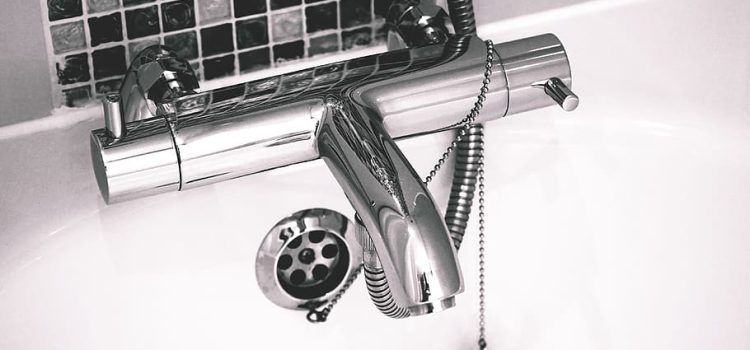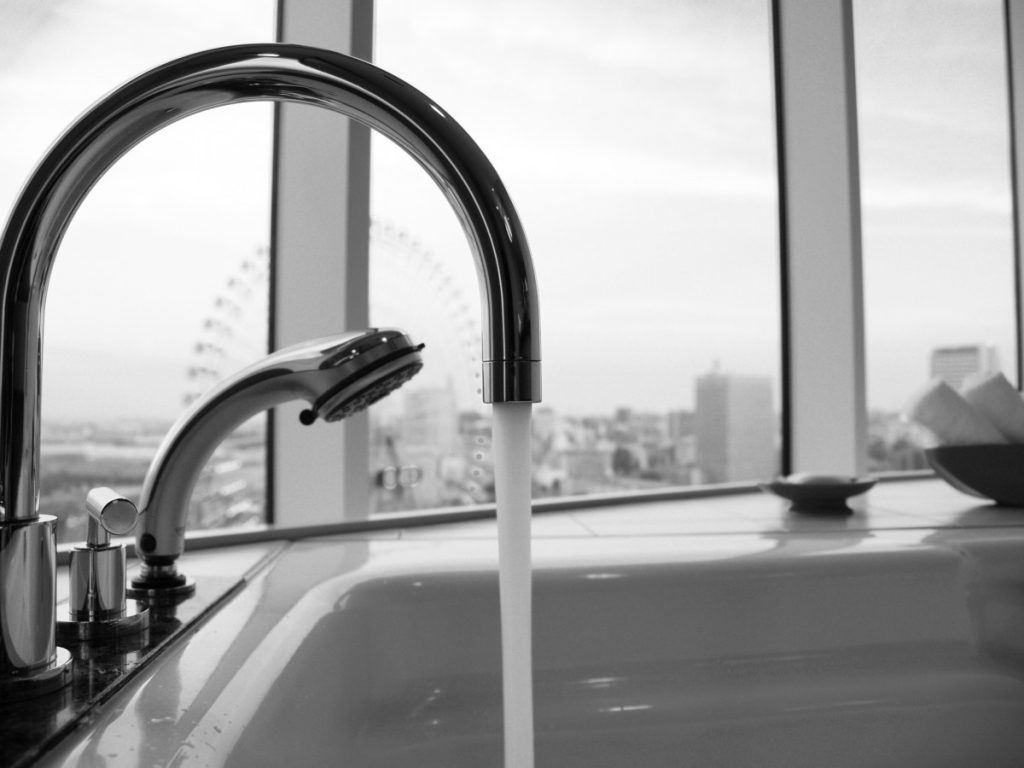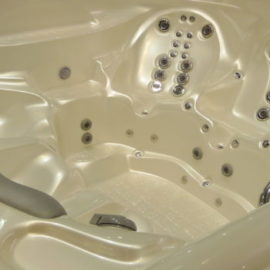
Mixing valves have largely replaced the old two-button mixers in our bathrooms, washrooms, and kitchens.
Gone are approximate hot and cold water dosing days since the mixing valve allows precise temperature control while saving water. This article reviews the flow limiter, a tool that will enable you to regulate your water consumption even more precisely when combined with the mixer.
How does the flow limiter faucet work?
Faucets can be grouped into two main categories:
mixers, which require two levers (one for hot water and one for cold water) to be constantly metered to adjust temperature and flow rate;
Mixing valves regulate hot and cold water proportions to be mixed regardless of the chosen flow rate.
A lever or a rotary knob allows for adjusting the water temperature on a classic mixer. Another lever is used to adjust the flow rate. The advantage of this is that you can set the desired temperature for the shower or bath once and for all, and you only have to open the flow control more or less, depending on the volume of water you want.
The mixer is equipped with a thermostat and internal sensors. The thermostatic mixing valve has, in addition to this, continuous adjustment of the water temperature. This safety feature prevents any risk of scalding by limiting the maximum heat (38° C to 40° C) that can be delivered to the faucet. This safety device is essential if there are children in your home or even if you are clumsy or dizzy. It is also necessary for cramped showers, where a wrong move could set the water temperature to the hottest setting.
In order to obtain a water temperature higher than the 38°C to 40°C safety level, the user must clear a blocker while operating the lever, which requires deliberate and thoughtful action.
Whether the mixing valve is conventional or thermostatic (with anti-scald safety), it is possible to add a limiter that regulates the maximum flow rate to promote water savings.
Note: for the record, a water heater must maintain hot water at least 60°C to prevent the proliferation of bacteria that cause legionella.
How to choose a mixing valve with a flow limiter?

There are three flow limiters: the flow limiter, the limiting mixer, and the mixer with a built-in flow limiter. It is up to you to choose the one that suits you best, depending on your budget and habits.
Limiter
This is added to the faucet nose of an existing mixer or faucet.
It is often a mousseur that incorporates a proportional amount of air into the water as it leaves the faucet.
In practice, the jet seems identical in diameter and pressure. However, the quantity of water drawn is limited, without the possibility of adjusting the proportions of air and water to be incorporated.
Limiting mixer
This is a classic or thermostatic mixing valve with a hard point on the opening handle, which gives the sensation that the tap is open wide, although its flow is limited.
In order to open it fully to obtain the maximum flow rate, it is necessary to go beyond this hard point and be aware that water consumption is increased. This system makes it possible to save money while evaluating one’s water needs and consumption.
Single lever faucet with built-in flow limiter
This thermostatic mixing valve is usually equipped with an internal pressure switch (“ECO” button) that limits the amount of water that can flow from the faucet, regardless of the selected temperature and the pressure distributed by the network.
In order to deactivate the pressure switch and obtain the maximum flow rate, it is necessary to operate an ECO button located on the mixing valve (in the same way as the temperature safety device is removed). When closed, the mixing valve automatically switches back to economy mode (ECO).
What are the advantages and disadvantages of a mixing valve with a flow limiter?
The advantages of flow limiters are, first of all, the water savings they allow without the feeling of depriving oneself.
When the faucet is equipped with an integrated flow limiter from the start, no installation or handling is required from the user. In contrast, a mousseur on a tap usually requires regular maintenance. On the other hand, it is impossible to dismantle it to make personalized adjustments.
The water savings expected from a faucet-mounted flow control valve depend on the setting of the limiter. Some are set once and for all at the factory; the user can adjust others following a specific procedure. This is where the disadvantage lies, as this procedure requires partial disassembly.
Finally, while the typical flow rate of a bathtub or shower faucet when fully opened is about 12 liters per minute (L/min), a flow reducer usually reduces it to :
6 L/mn for most aerators, i.e., a saving of about 12 m³ for a 4-person household;
8 L/mn for limiting mixers and thermostatic mixers with a built-in flow limiter (the water-saving varies from 2 to 9 m³ per year depending on the user).
Good to know: electronic mixers are automatically switched on and off when hands pass under their cell. While automatic on/off is a source of water savings, these mixers are not generally considered flow restrictors, although some may have built-in flow control.



